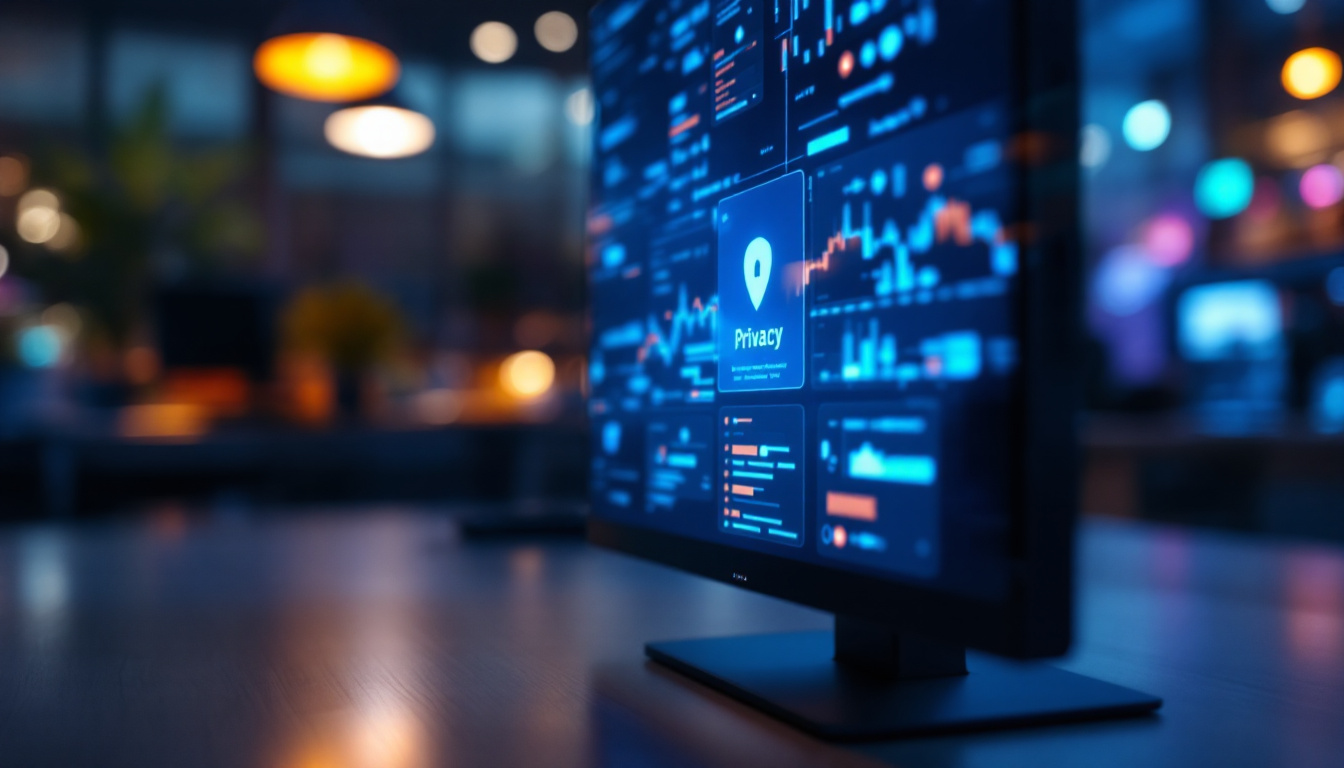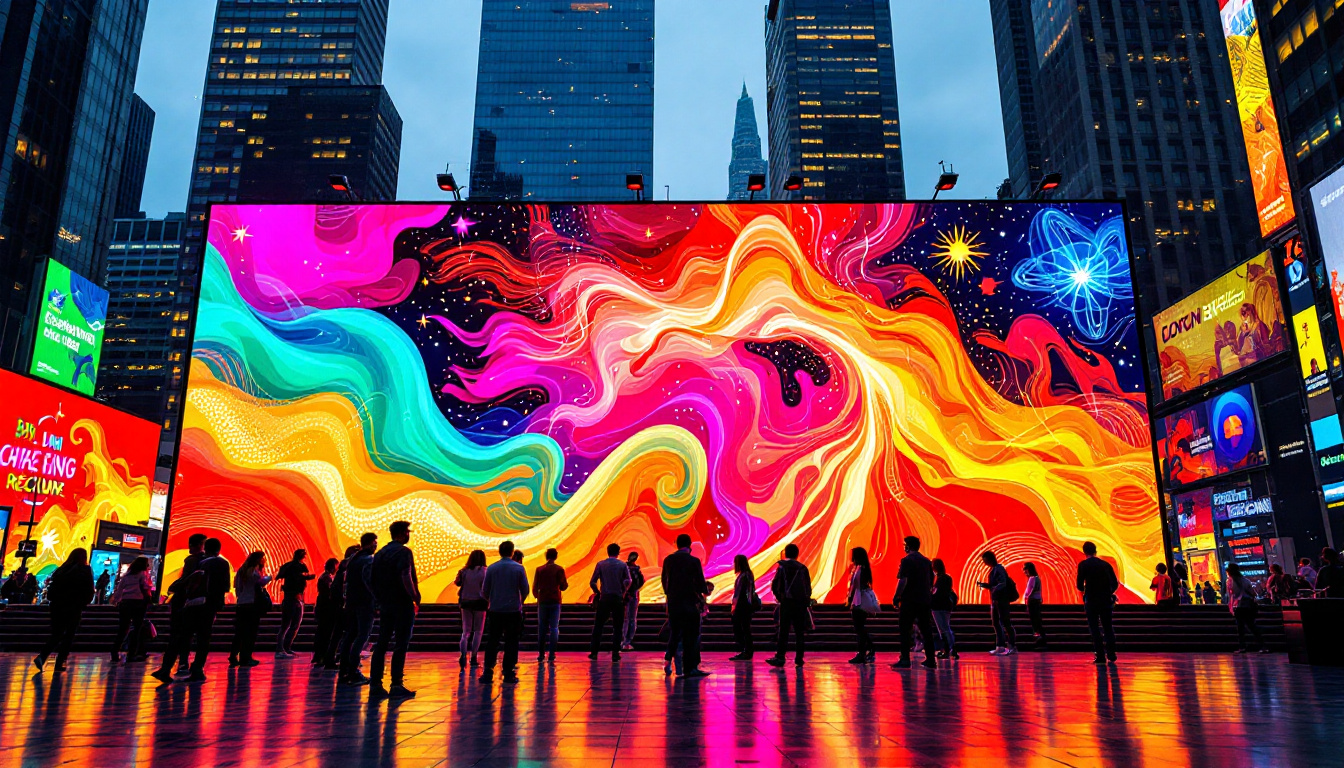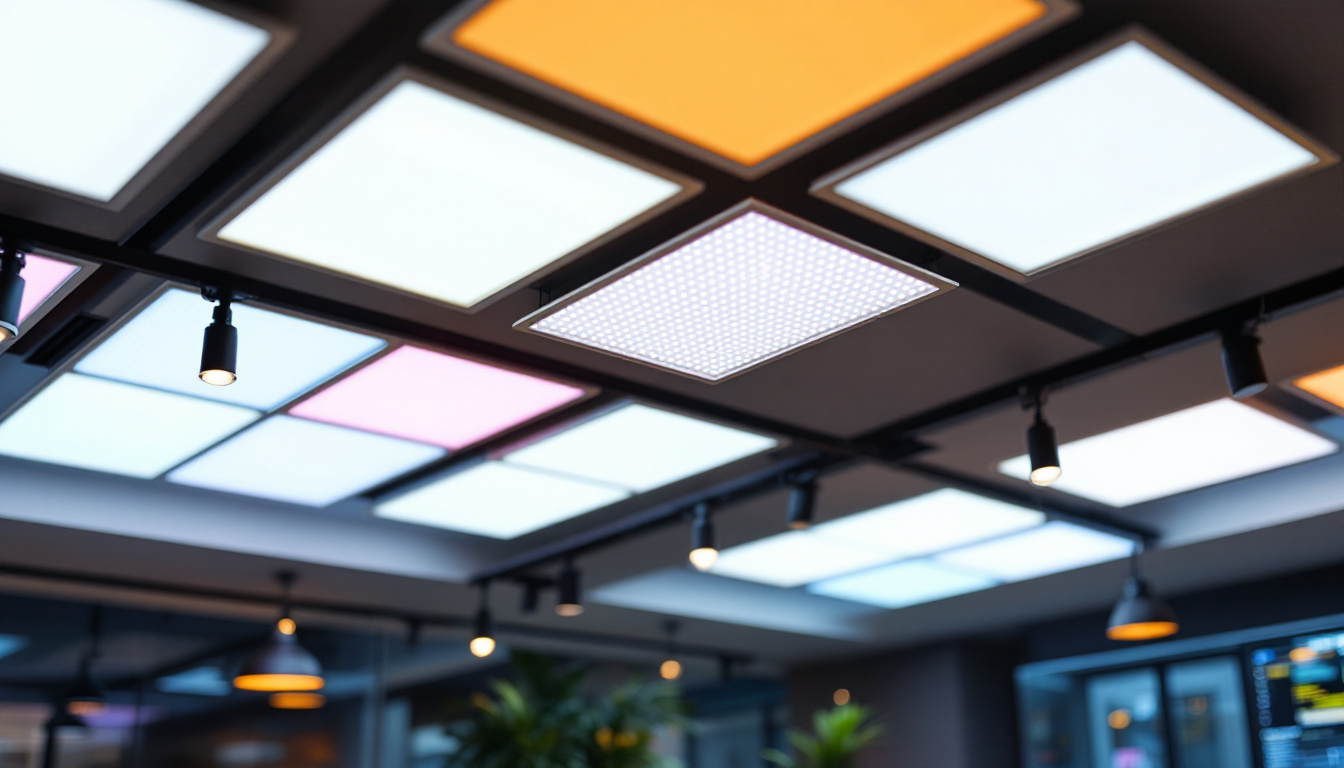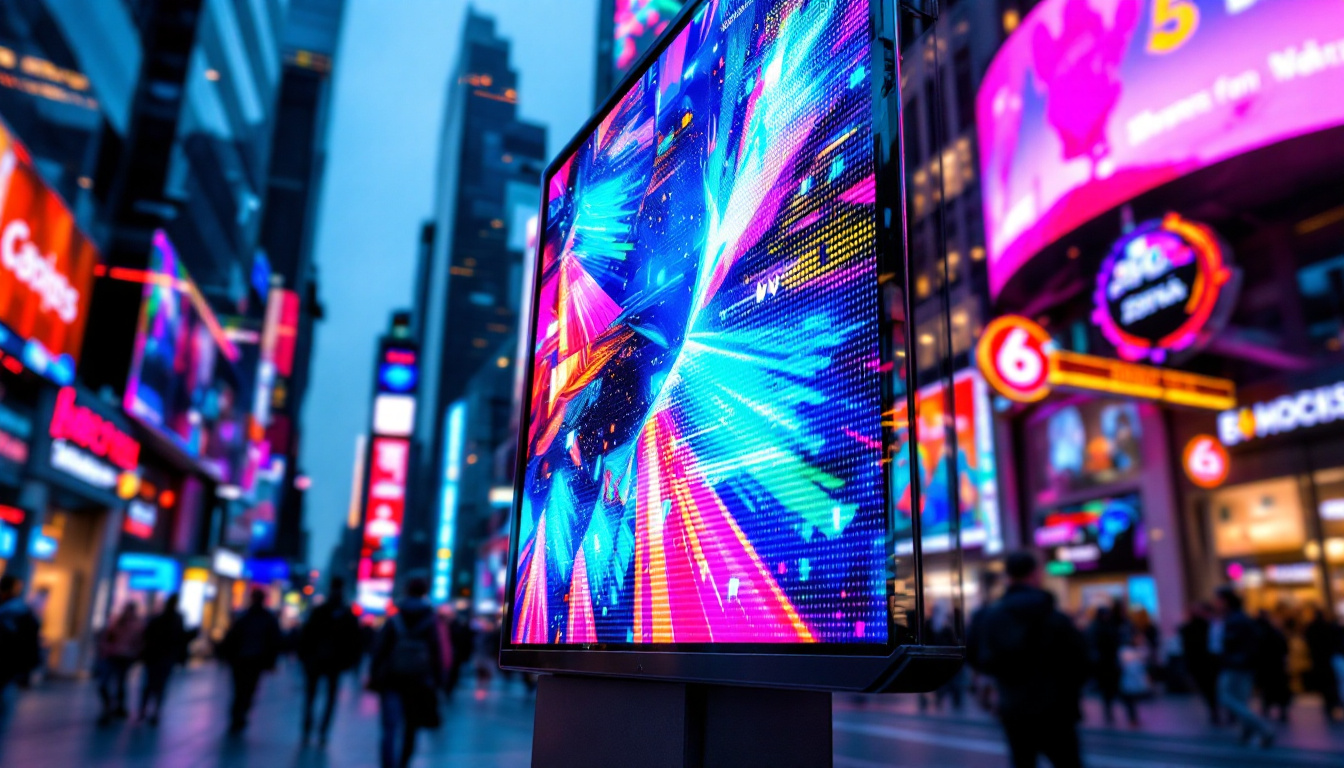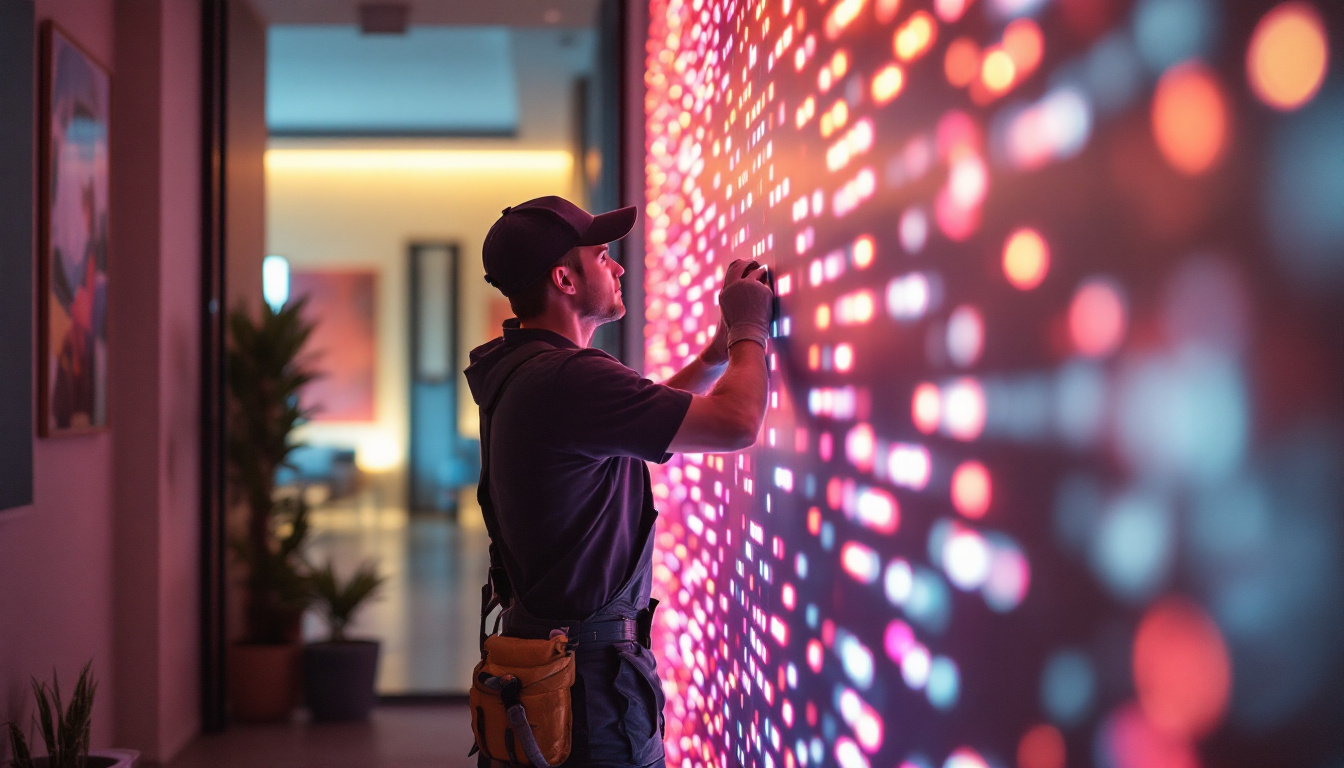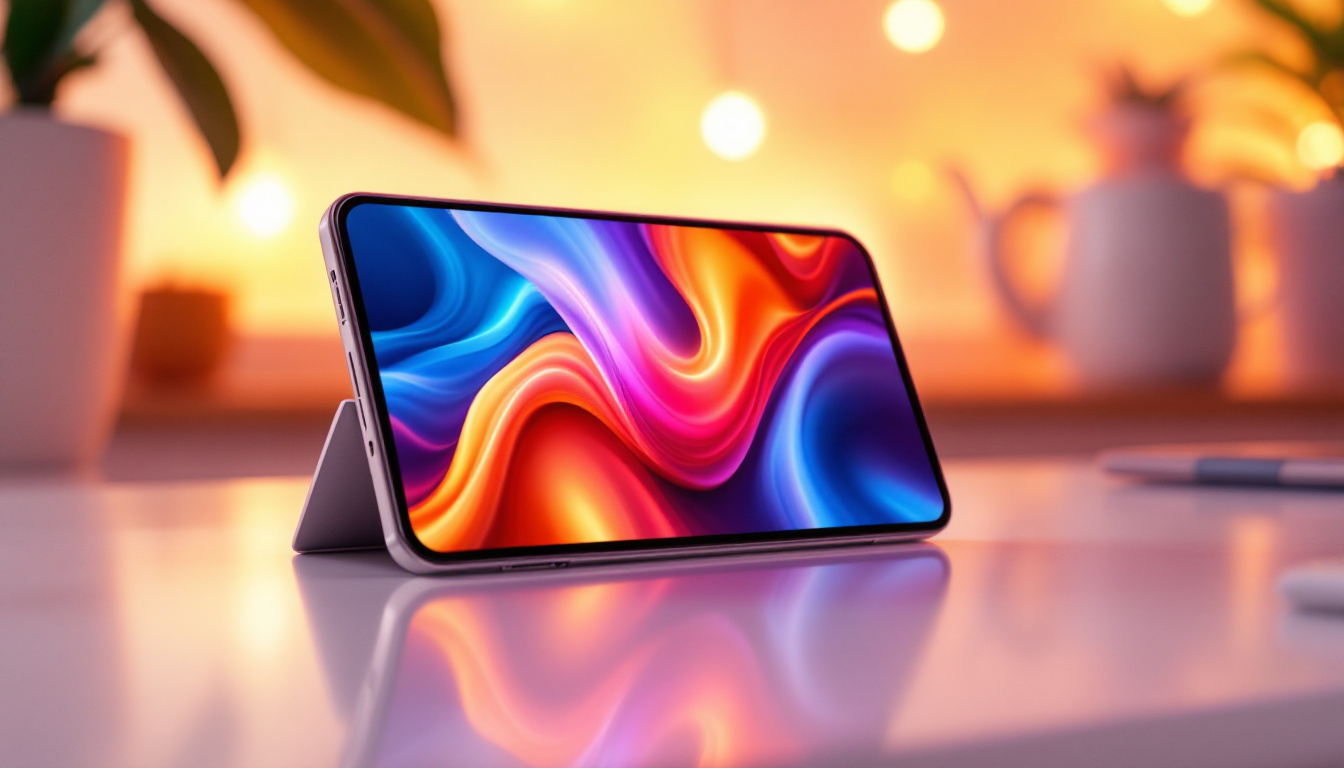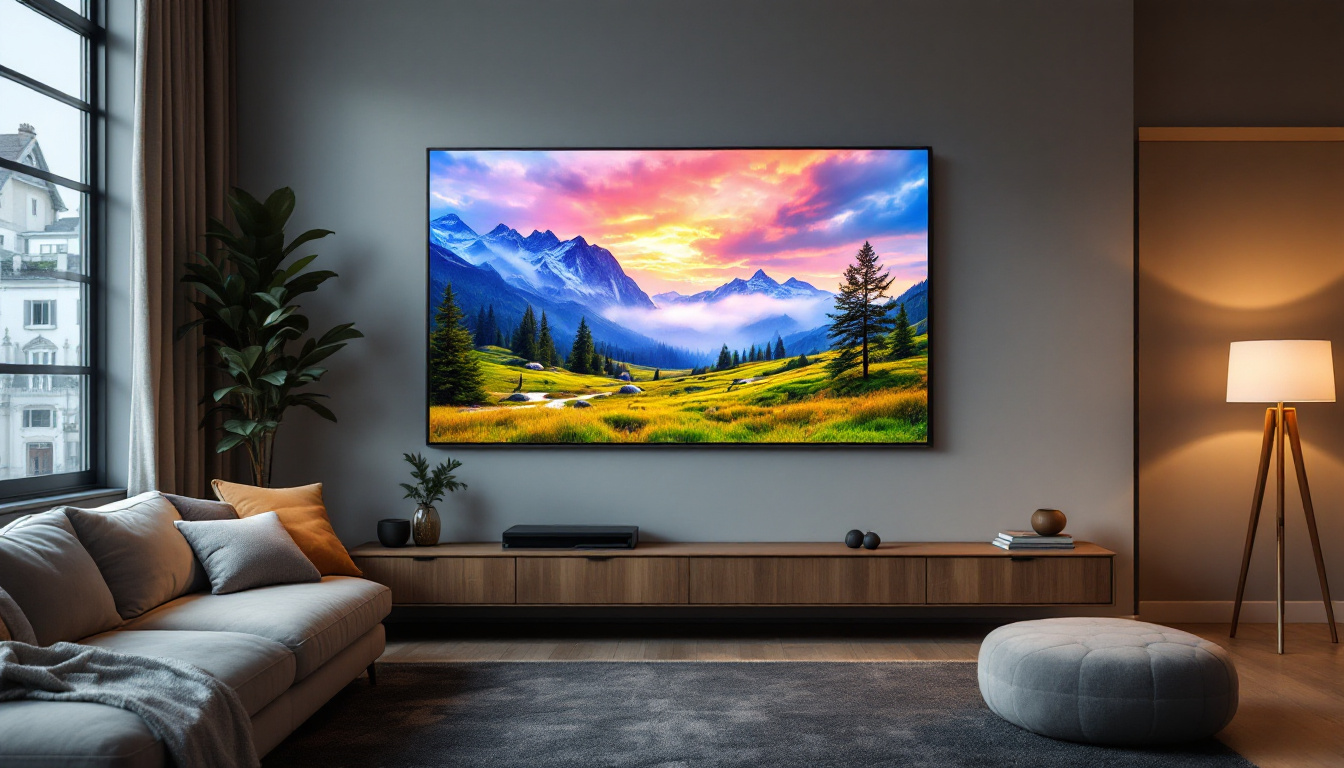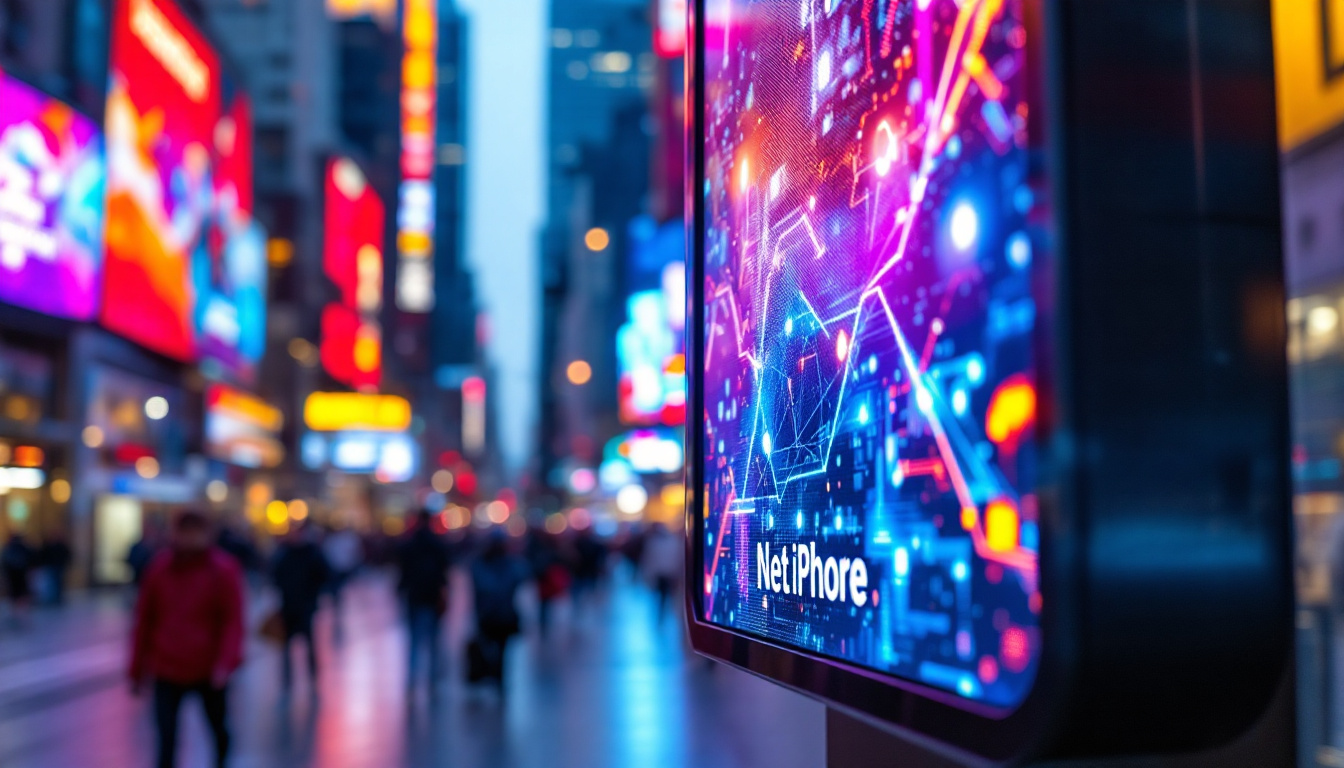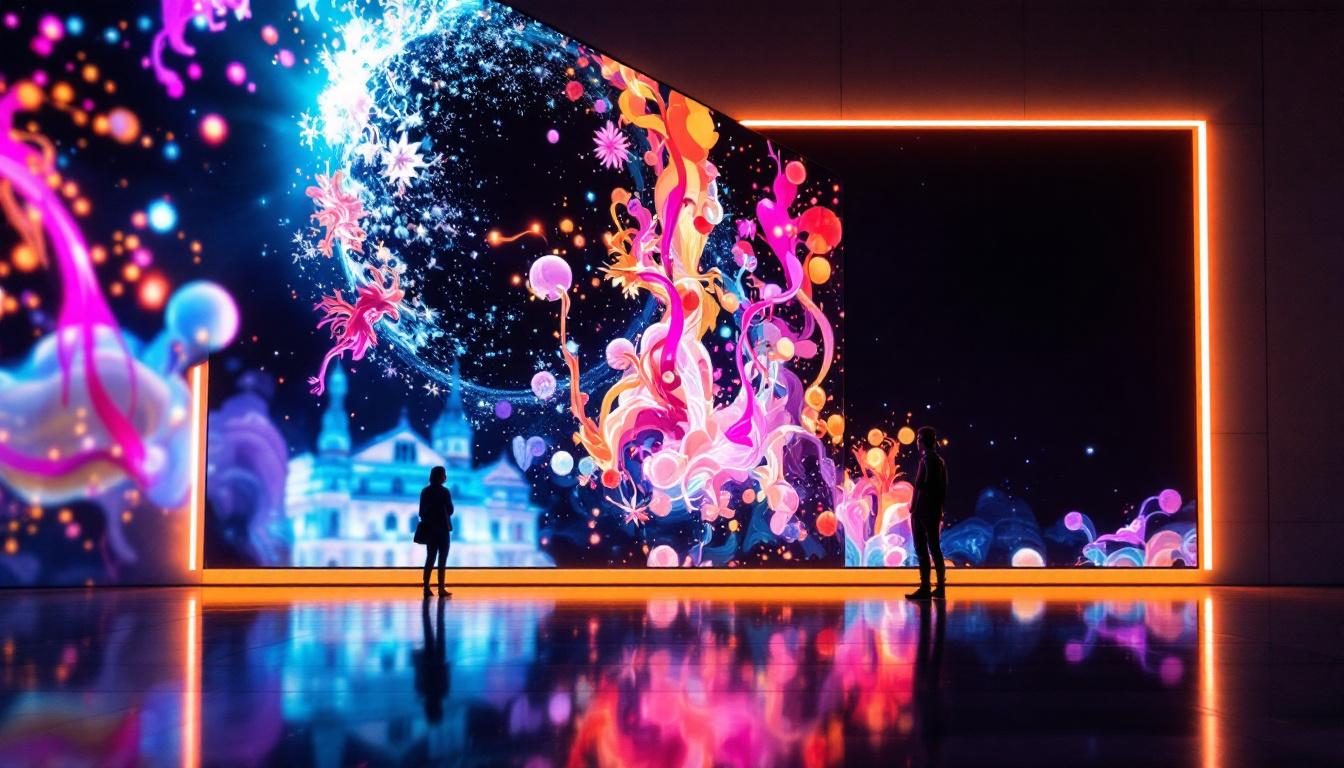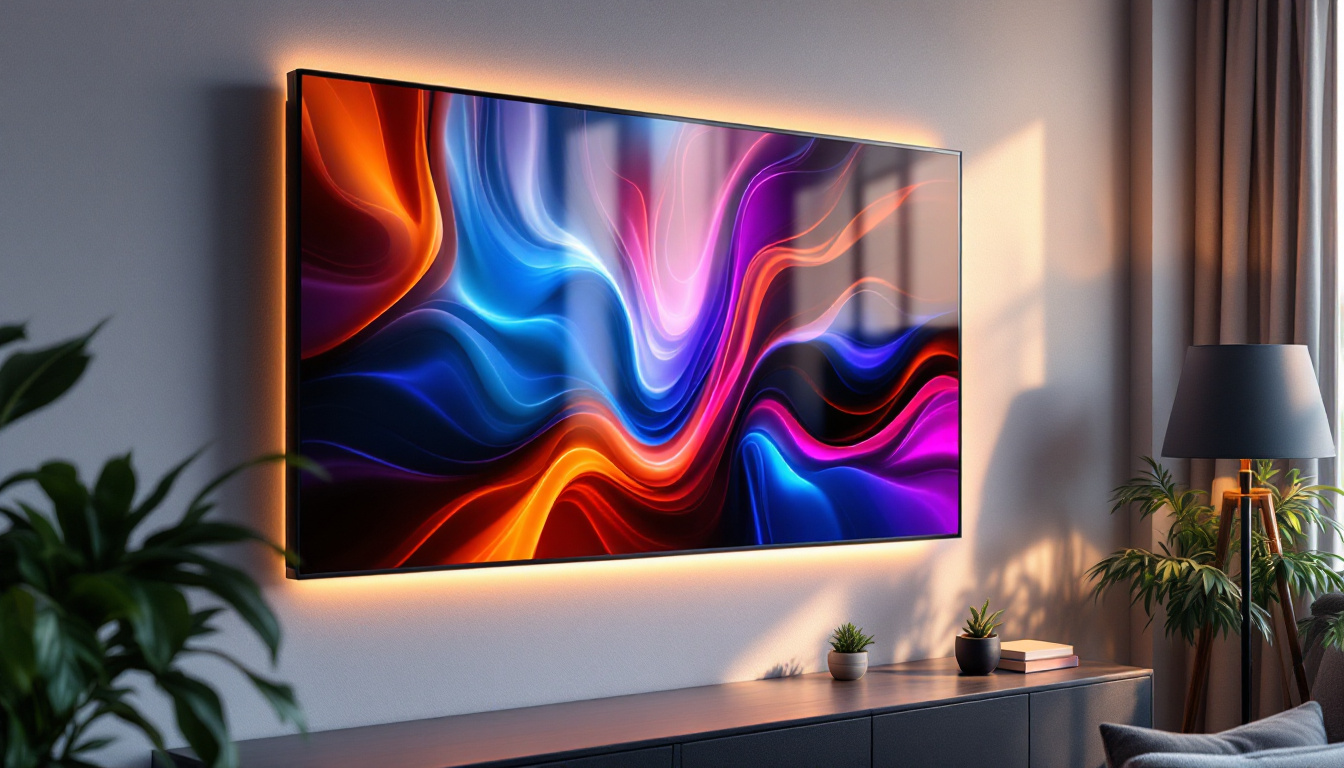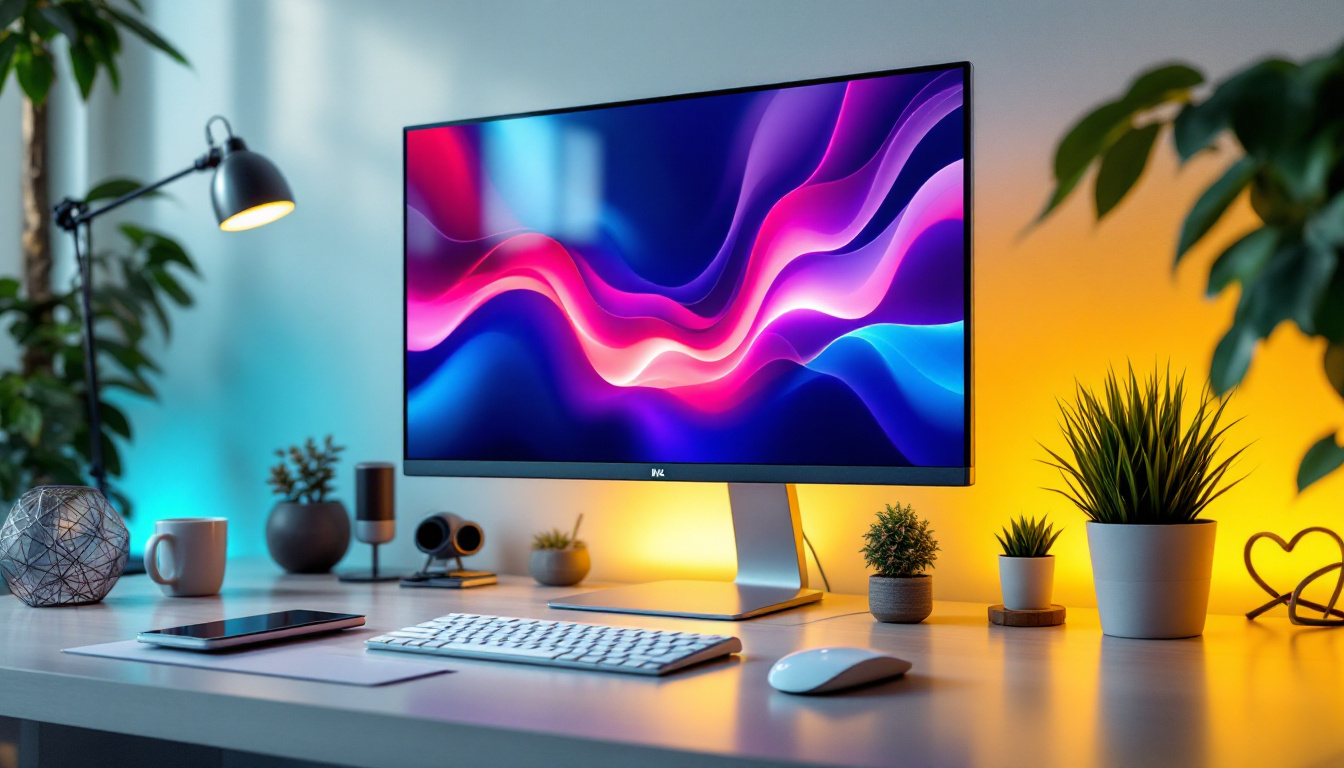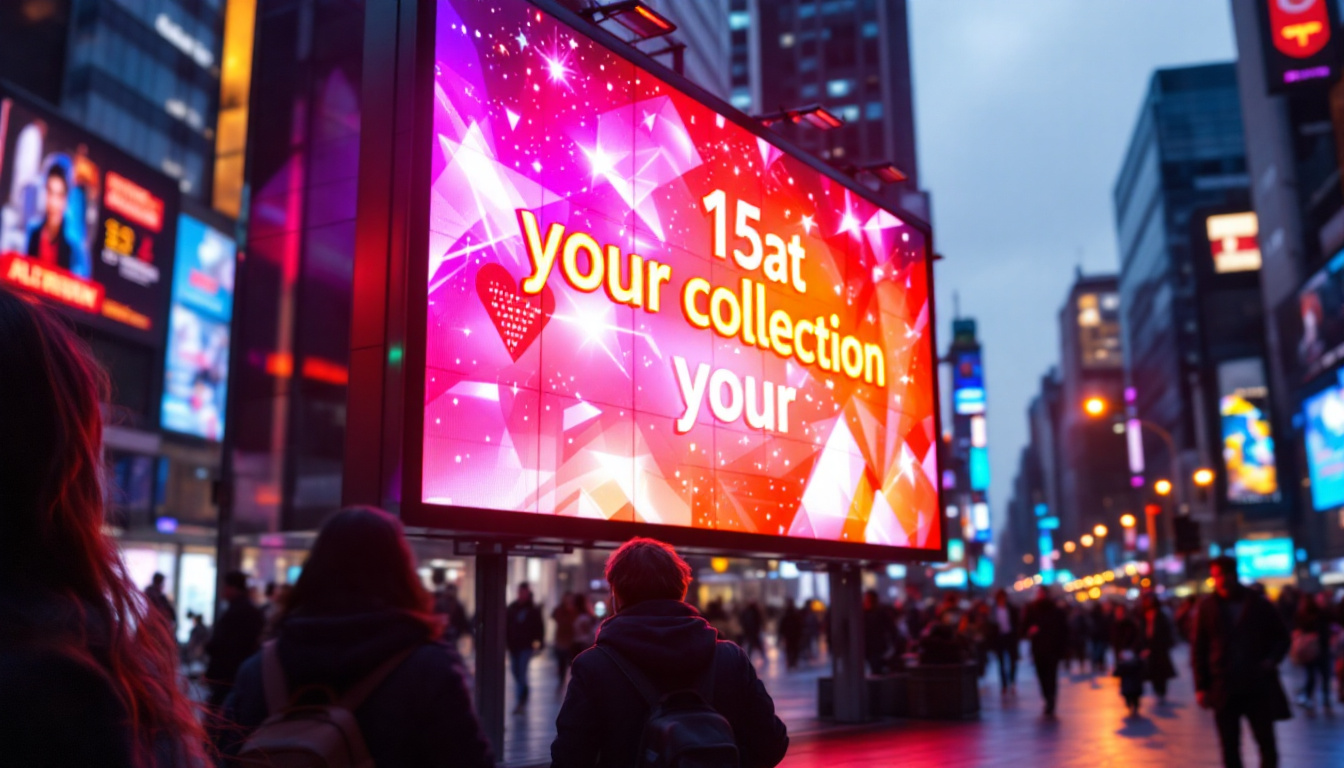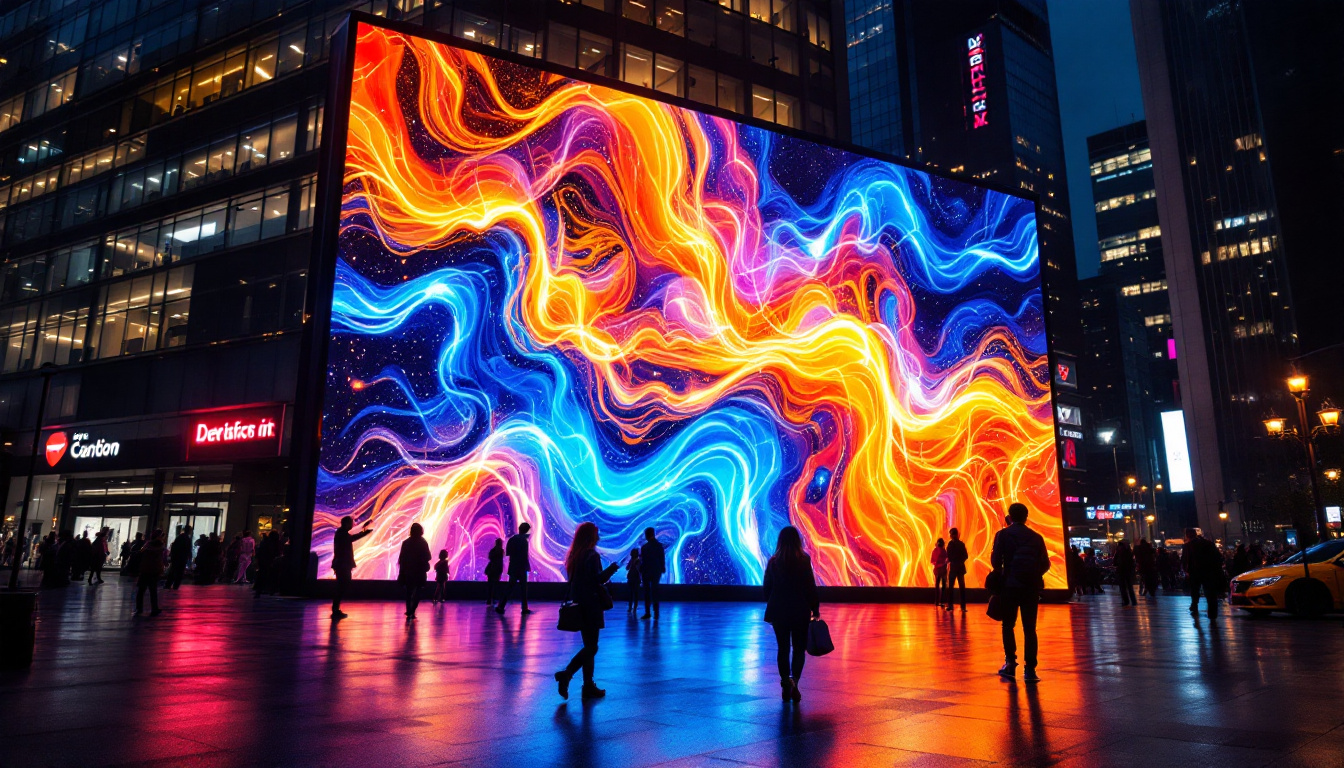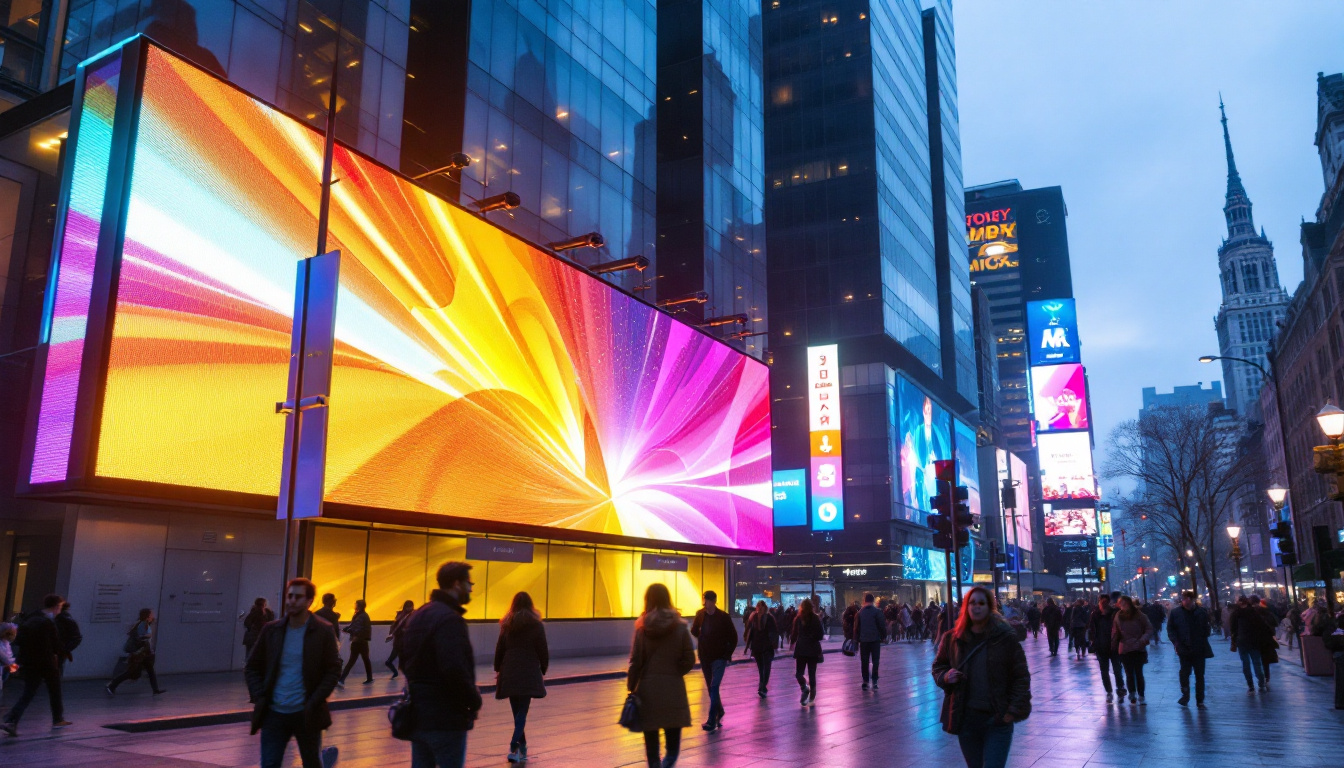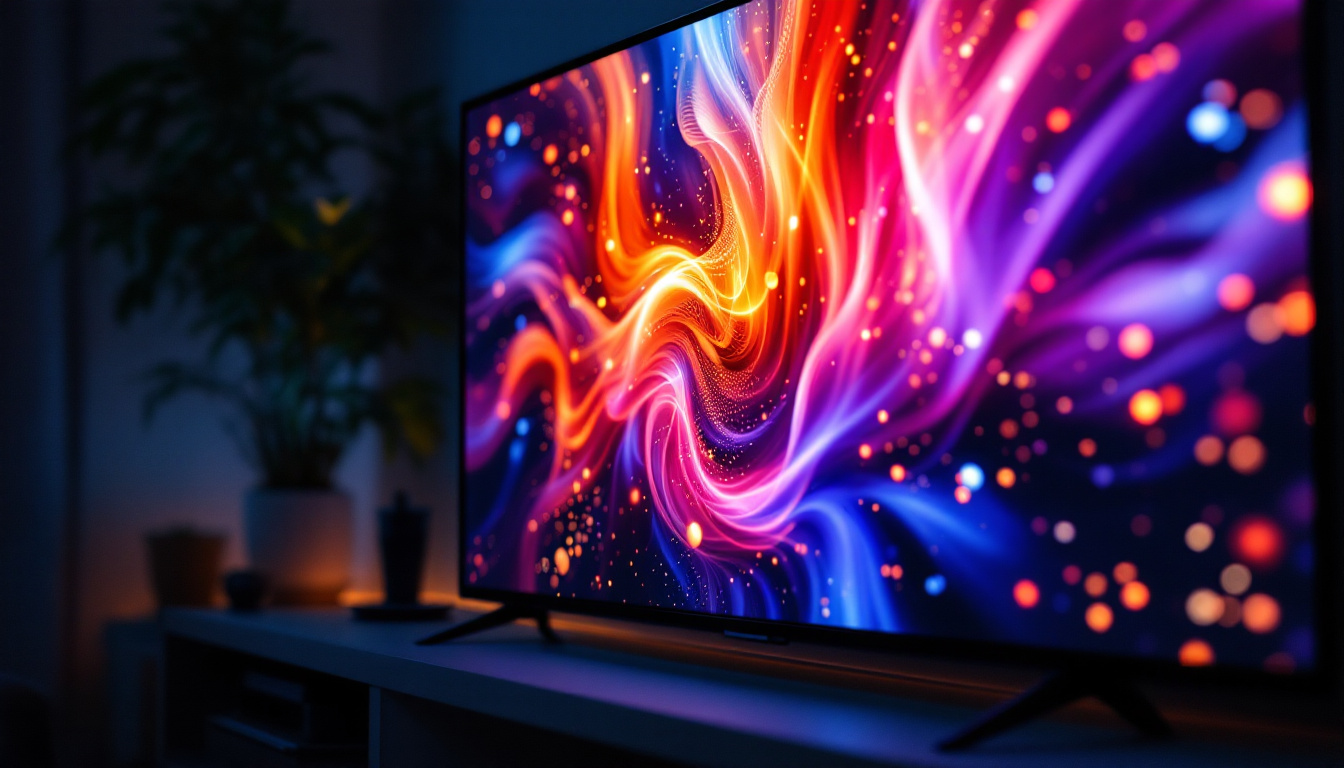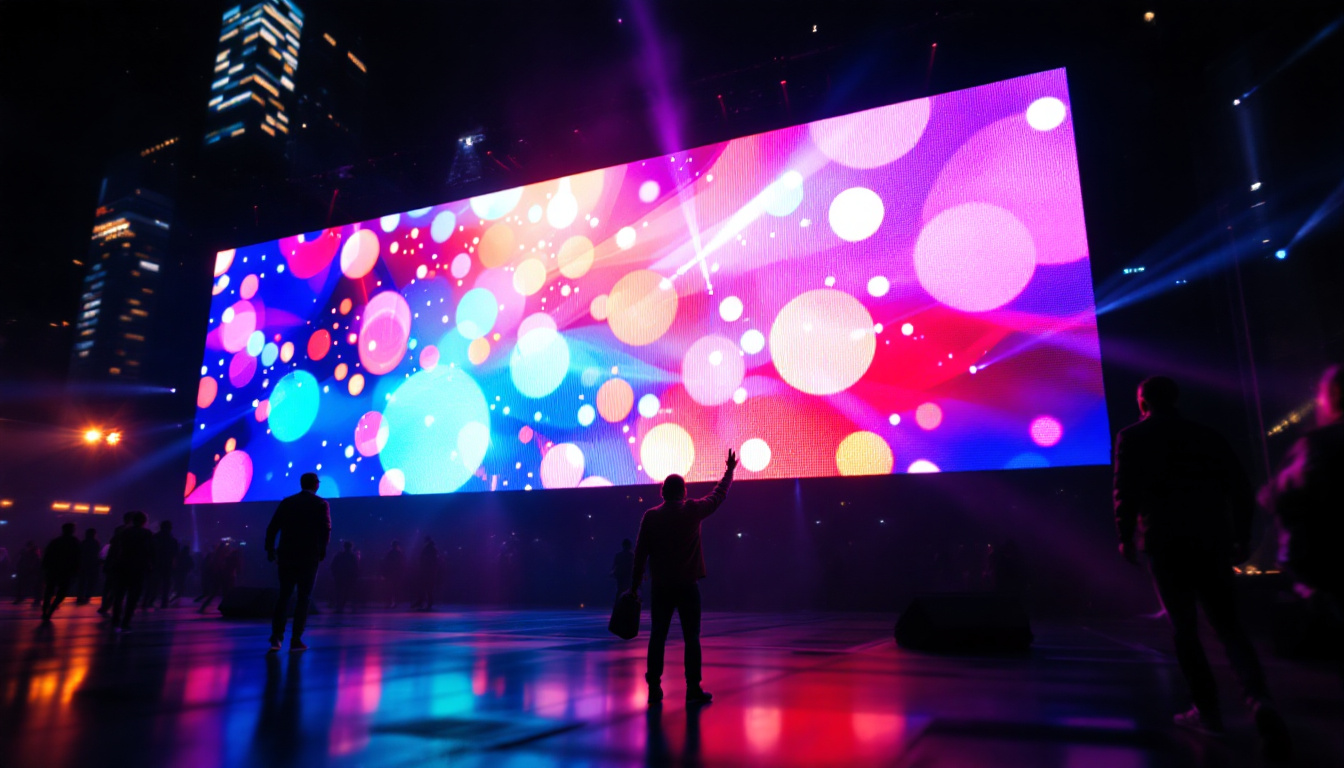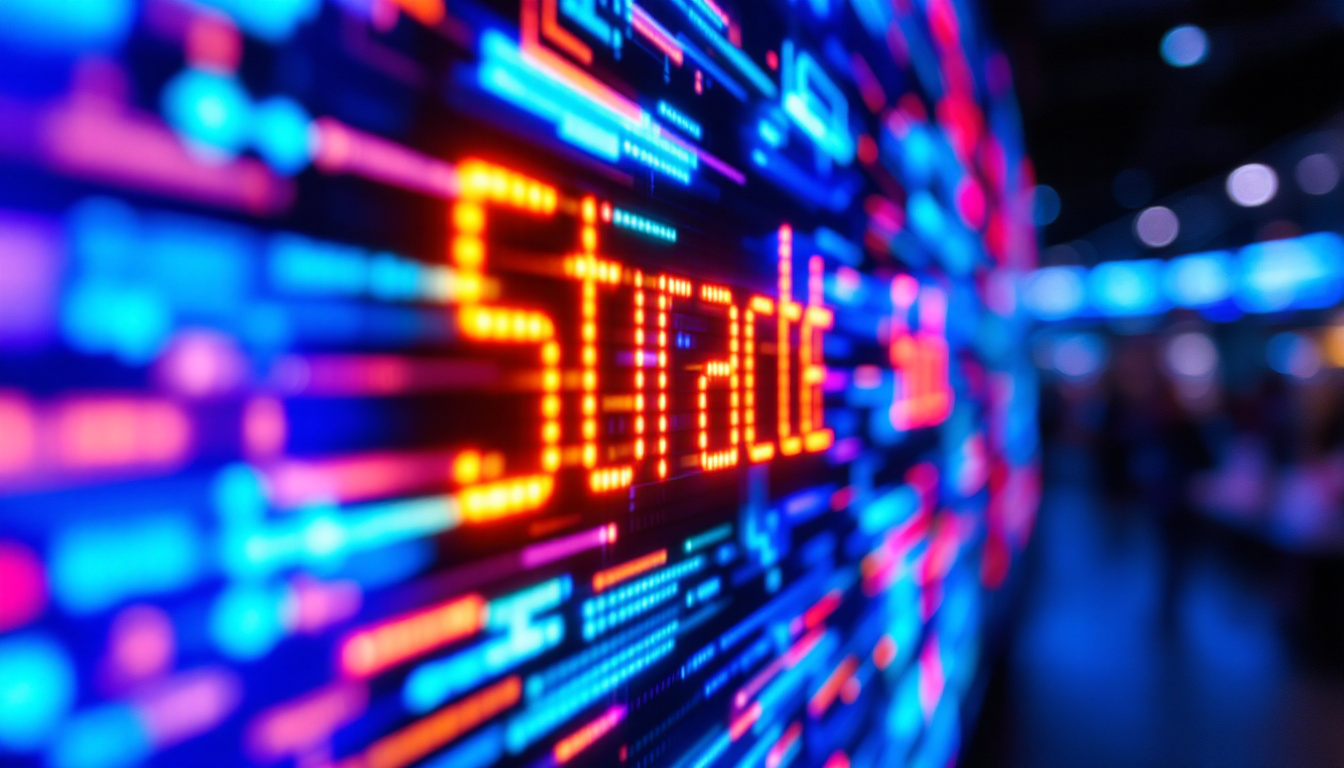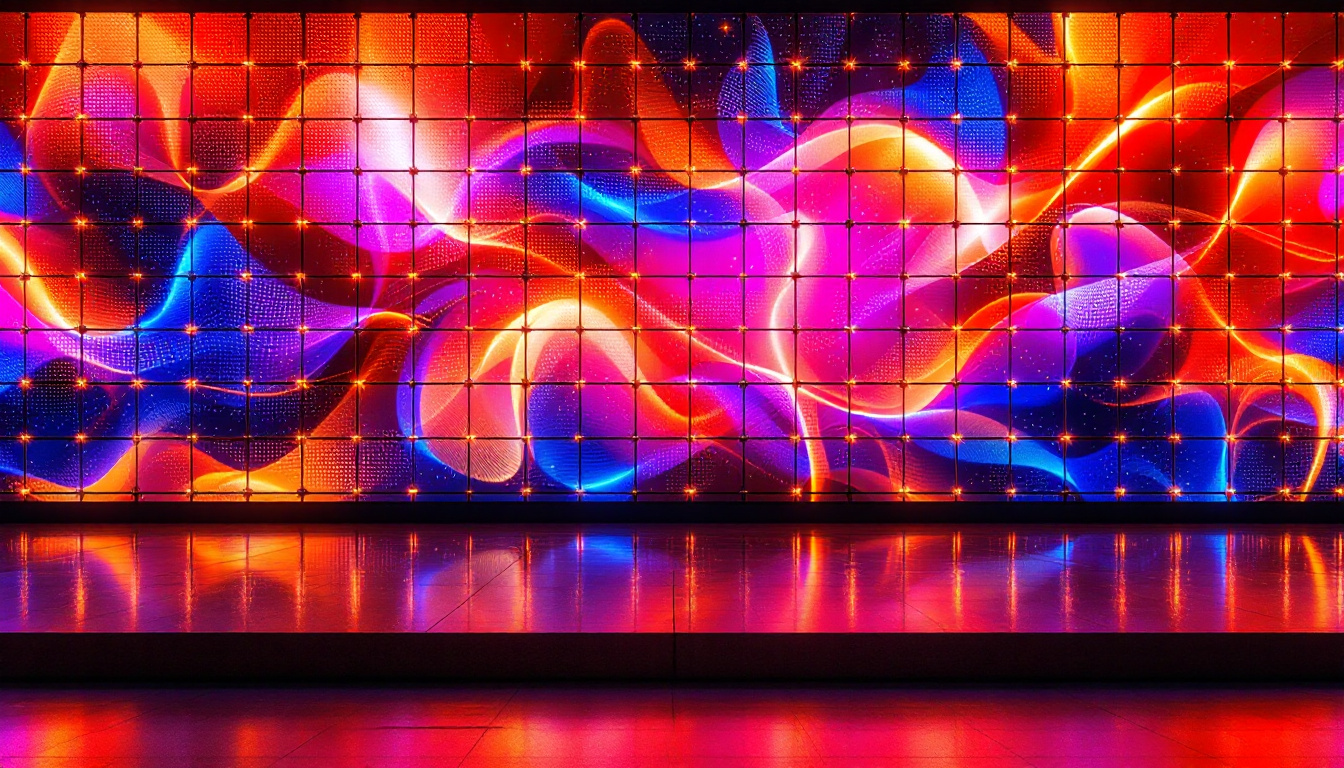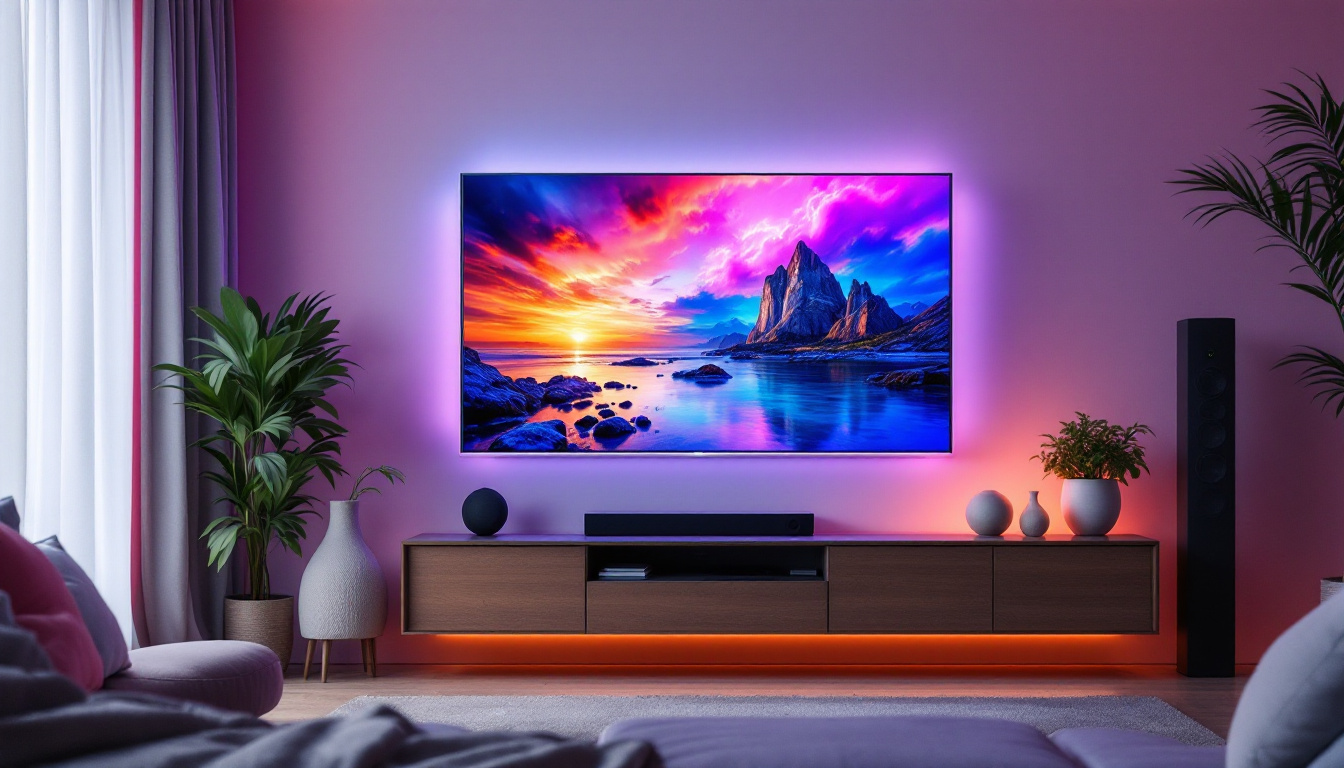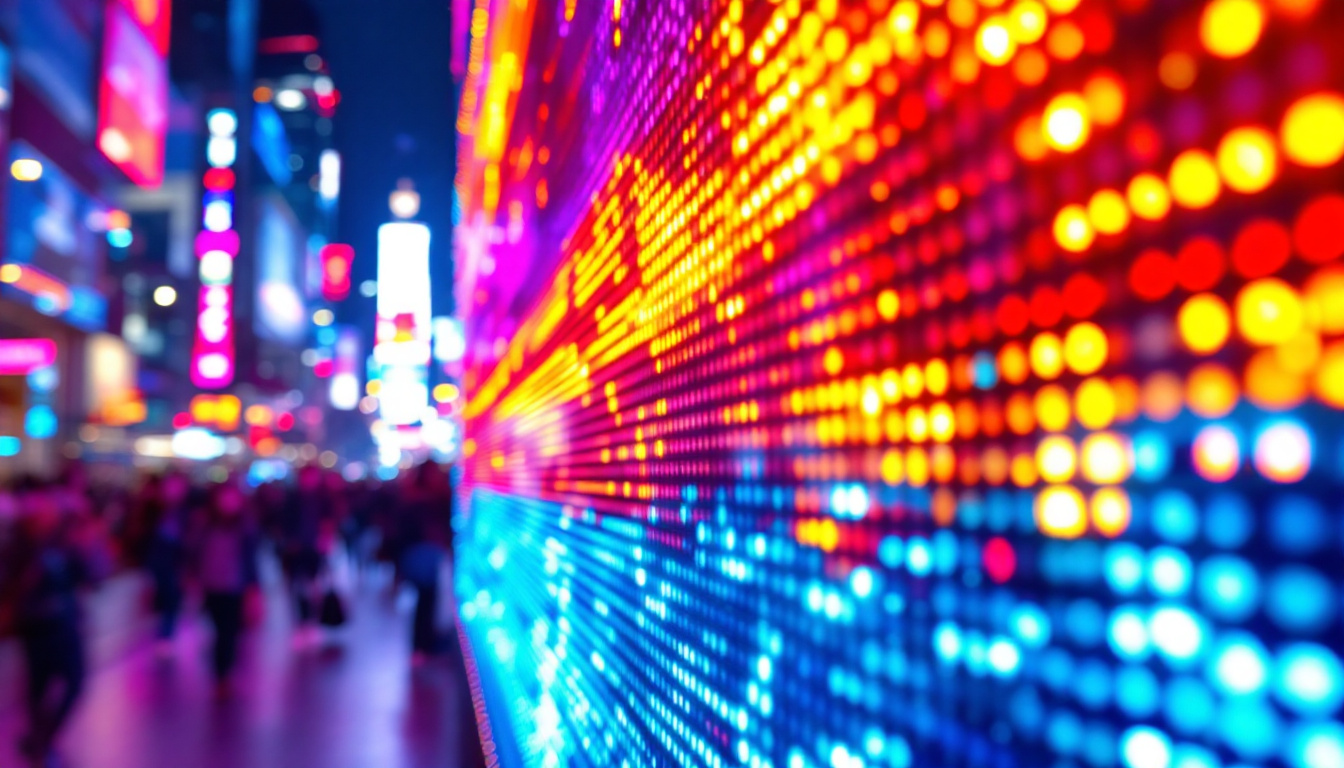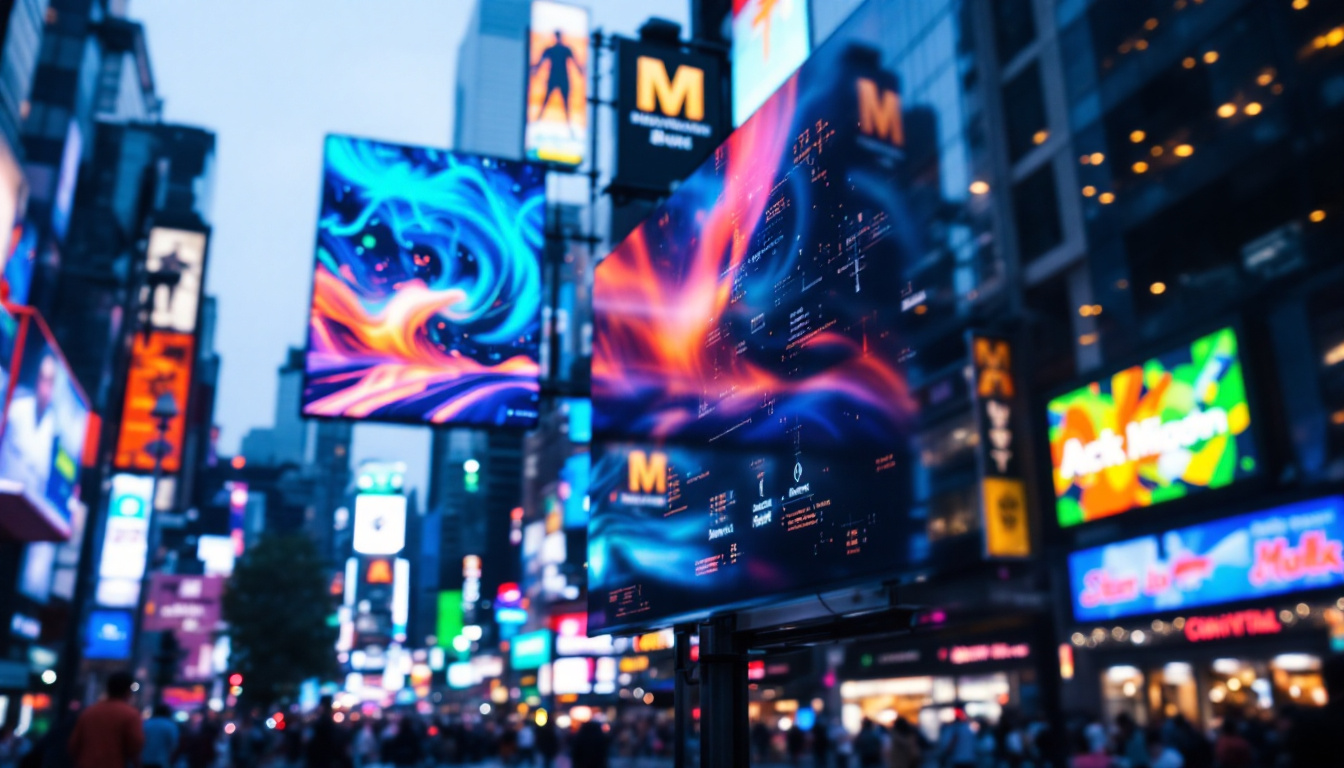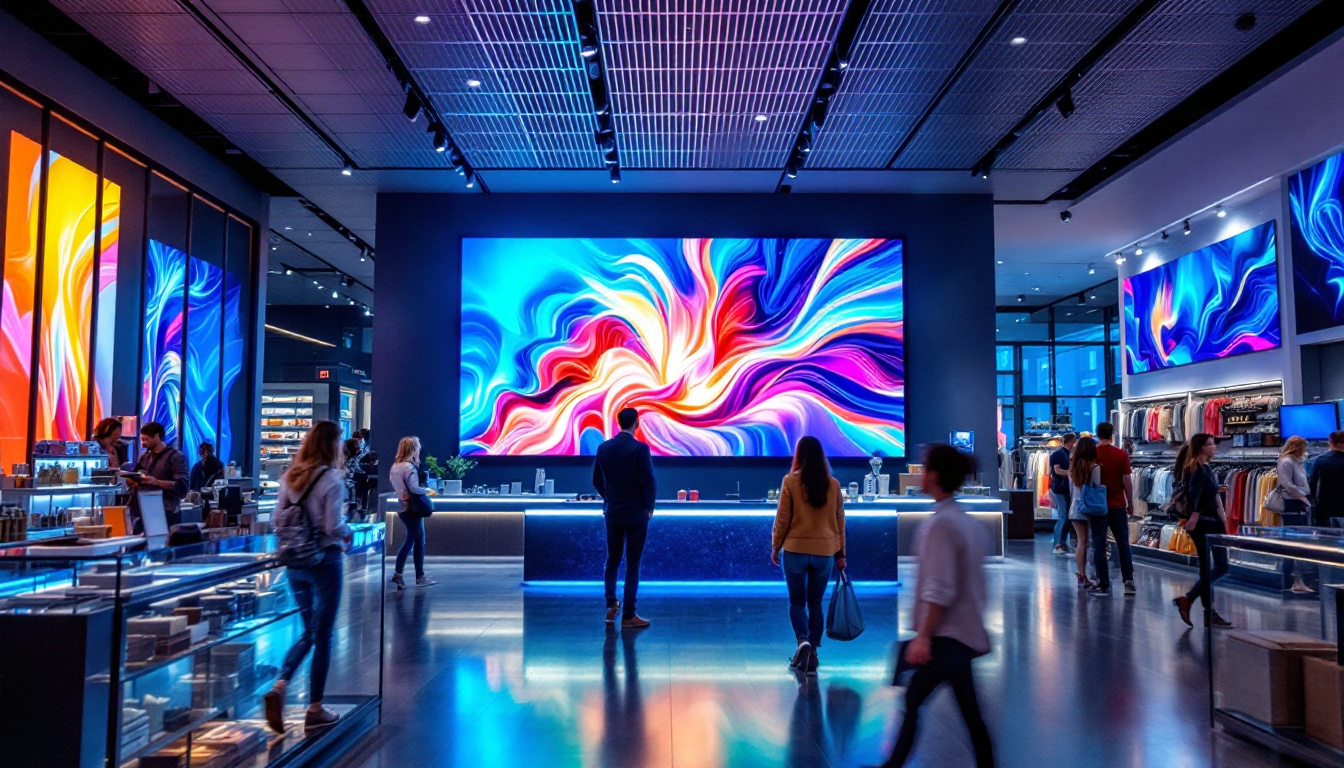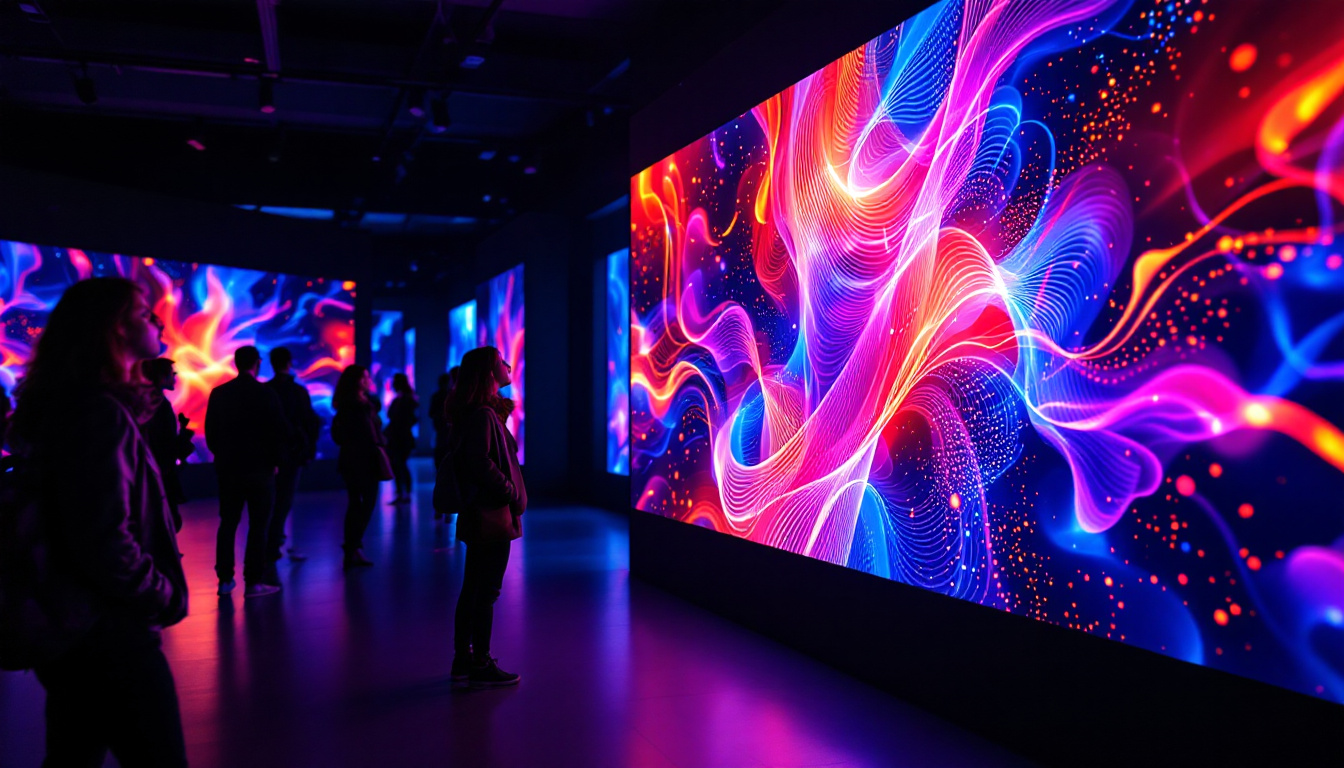In an era where digital privacy is paramount, many individuals and organizations are seeking innovative solutions to safeguard their sensitive information. One such solution is the Privacy Protector, a cutting-edge LED display technology designed to enhance privacy in various settings. This article delves into the workings of this technology, its applications, and the benefits it offers.
Understanding LED Display Technology
LED (Light Emitting Diode) displays have revolutionized the way visual information is presented. These displays are not only energy-efficient but also provide vibrant colors and high resolution, making them ideal for a variety of applications. The fundamental principle behind LED technology involves the emission of light when an electric current passes through a semiconductor material. This process allows for a wide range of colors and brightness levels, which can be finely tuned to create stunning visuals that capture attention and convey messages effectively.
In addition to their visual appeal, LED displays also contribute to sustainability efforts. Their long lifespan reduces the need for frequent replacements, which in turn minimizes waste. Furthermore, the low energy consumption of LED technology results in lower carbon footprints compared to traditional display technologies, making them a preferred choice for environmentally conscious consumers and businesses alike. As the demand for energy-efficient solutions grows, LED displays are increasingly becoming the standard in both commercial and residential settings.
Components of LED Displays
LED displays consist of several key components, including the LED modules, power supply, and control system. Each module contains numerous LEDs arranged in a grid, which collectively produce images and videos. The power supply ensures that the LEDs receive the necessary voltage and current, while the control system manages the data input and output, allowing for dynamic content display. This intricate interplay of components is what allows for real-time updates and the seamless transition of content, making LED displays particularly effective for live events and advertising campaigns.
Moreover, advancements in technology have led to the development of smart control systems that can integrate with various data sources, enabling features such as automated scheduling, remote management, and interactive capabilities. These innovations enhance the user experience and provide businesses with the tools they need to engage their audience more effectively. As a result, LED displays are not just passive screens; they have evolved into interactive platforms that can respond to viewer behavior and preferences.
Types of LED Displays
There are various types of LED displays, each suited for different applications. Indoor LED displays are typically used in environments such as shopping malls, conference rooms, and theaters, where high resolution and color accuracy are essential. Outdoor LED displays, on the other hand, are designed to withstand harsh weather conditions and are often used for advertising and public information dissemination. These displays are built with protective coatings and robust casings to ensure durability against rain, wind, and extreme temperatures.
Additionally, there are specialized LED displays such as transparent LED screens, which allow for visibility through the display itself, making them ideal for retail environments where product visibility is crucial. Flexible LED displays are also gaining popularity, as they can be bent or shaped to fit unique architectural designs, offering creative solutions for installations in unconventional spaces. As technology continues to advance, the versatility and applications of LED displays are expected to expand even further, paving the way for innovative uses in art, entertainment, and information sharing.
The Need for Privacy in Public Spaces
As technology advances, the need for privacy in public spaces has become increasingly critical. With the proliferation of surveillance cameras and data collection devices, individuals often feel exposed and vulnerable. This concern is especially relevant in environments where sensitive information is shared, such as banks, healthcare facilities, and corporate offices.
Challenges of Privacy in Digital Displays
Traditional digital displays can inadvertently expose confidential information to unintended audiences. For instance, information displayed on a screen in a crowded area can be easily viewed by passersby, leading to potential data breaches. This is where the Privacy Protector comes into play, offering a solution to mitigate these risks.
Importance of Data Security
Data security is not just a technological issue; it is a fundamental aspect of trust between organizations and their clients. When sensitive information is compromised, it can lead to financial losses, reputational damage, and legal repercussions. Therefore, implementing effective privacy measures is crucial for maintaining the integrity of personal and organizational data.
How the Privacy Protector Works
The Privacy Protector utilizes advanced LED technology to create a display that restricts visibility from certain angles. This is achieved through a combination of specialized filters and pixel arrangements that ensure that only individuals directly in front of the screen can view the content clearly.
Angle-Dependent Viewing
One of the key features of the Privacy Protector is its angle-dependent viewing capability. By adjusting the brightness and color of the LEDs based on the viewer’s position, the display effectively obscures the content from side angles. This means that even if someone is standing nearby, they will not be able to discern the information being displayed.
Adaptive Brightness Control
Another innovative aspect of the Privacy Protector is its adaptive brightness control. This feature allows the display to automatically adjust its brightness levels based on ambient light conditions. In bright environments, the display can increase its brightness to maintain visibility while simultaneously ensuring that the content remains obscured from unintended viewers.
Applications of Privacy Protector LED Displays
The versatility of Privacy Protector LED displays makes them suitable for a wide range of applications across various industries. From corporate settings to healthcare facilities, these displays can enhance privacy while delivering crucial information effectively.
Corporate Environments
In corporate settings, Privacy Protector displays can be utilized in conference rooms and open office spaces. Sensitive information shared during meetings can be securely displayed without the risk of eavesdropping. Additionally, these displays can be employed in reception areas to provide information to clients without compromising confidentiality.
Healthcare Facilities
Healthcare facilities are another critical area where privacy is essential. Patient information displayed on screens in waiting areas or consultation rooms can be protected using Privacy Protector technology. This ensures that sensitive data, such as medical histories and treatment plans, remains confidential, thereby adhering to regulations such as HIPAA.
Public Information Displays
public information displays, such as those found in transportation hubs or public venues, can also benefit from Privacy Protector technology. By ensuring that only authorized personnel can view sensitive information, these displays can help maintain security while still providing necessary information to the public.
Benefits of Using Privacy Protector LED Displays
The implementation of Privacy Protector LED displays offers numerous benefits that extend beyond mere privacy. Organizations that adopt this technology can experience enhanced security, improved user experience, and increased trust from clients and customers.
Enhanced Security
By limiting visibility to only those directly in front of the display, the Privacy Protector significantly reduces the risk of unauthorized access to sensitive information. This added layer of security is particularly valuable in environments where data breaches can have severe consequences.
Improved User Experience
Users interacting with Privacy Protector displays can feel more at ease, knowing that their information is secure. This improved sense of privacy can lead to greater engagement and satisfaction, ultimately enhancing the overall user experience. Whether in a corporate meeting or a healthcare consultation, individuals can focus on the content without distraction or concern.
Increased Trust and Reputation
Organizations that prioritize privacy and data security are more likely to earn the trust of their clients and customers. By investing in Privacy Protector technology, businesses can demonstrate their commitment to safeguarding sensitive information, thereby enhancing their reputation in the market.
Challenges and Considerations
While the benefits of Privacy Protector LED displays are significant, there are also challenges and considerations that organizations must keep in mind when implementing this technology.
Cost of Implementation
The initial investment required for Privacy Protector LED displays can be substantial. Organizations must weigh the cost against the potential benefits, considering factors such as data security needs and the potential for reputational damage in the event of a data breach. A thorough cost-benefit analysis can help determine whether the investment is justified.
Maintenance and Upkeep
Like any technology, Privacy Protector displays require regular maintenance to ensure optimal performance. Organizations must be prepared to allocate resources for upkeep, including software updates and hardware repairs. Establishing a maintenance schedule can help mitigate potential issues and prolong the lifespan of the displays.
The Future of Privacy Protector Technology
As concerns about privacy continue to grow, the demand for innovative solutions like the Privacy Protector is likely to increase. Future advancements in LED technology may lead to even more sophisticated privacy features, making it easier for organizations to protect sensitive information.
Integration with Other Technologies
Future iterations of Privacy Protector displays may also see integration with other technologies, such as artificial intelligence and machine learning. These advancements could enable displays to learn and adapt to user behavior, further enhancing privacy measures and user experience.
Broader Adoption Across Industries
As awareness of privacy issues increases, more industries may begin to adopt Privacy Protector technology. From retail to education, the versatility of LED displays makes them suitable for a wide range of applications. This broader adoption could lead to a significant shift in how organizations approach privacy and data security.
Conclusion
The Privacy Protector LED display technology represents a significant advancement in the quest for privacy in a digital world. By combining innovative design with practical applications, this technology offers a robust solution for safeguarding sensitive information across various settings. As organizations continue to prioritize data security, the adoption of Privacy Protector displays is likely to become more prevalent, shaping the future of privacy in public and private spaces.
In conclusion, the importance of protecting personal and organizational data cannot be overstated. With the Privacy Protector, individuals and organizations can take proactive steps to ensure that their sensitive information remains secure, fostering trust and confidence in an increasingly interconnected world.
Discover LumenMatrix’s Privacy-Enhancing LED Solutions
Ready to elevate your organization’s data security and privacy while engaging your audience with visually stunning displays? Explore LumenMatrix’s comprehensive range of LED display solutions, tailored to meet your specific needs. From captivating Indoor and Outdoor LED Walls to innovative Transparent and Custom LED Displays, LumenMatrix is at the forefront of creating immersive experiences that protect your sensitive information. Check out LumenMatrix LED Display Solutions today and take the first step towards transforming your visual communication with both impact and discretion.

